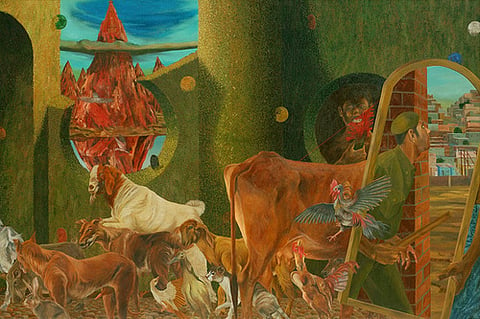"Turning in any direction you like," B R Ambedkar once stated, "caste is the monster that crosses your path." I write about the future of caste with the determination and the desperation of a suicide bomber who has been handpicked to assassinate that monster. If you look closely at my fragile frame, you will see the belt-bomb strapped to me; you can count the hand-grenades I caress. On my mission, I turn bullet-spitting historian, I turn acid-throwing stalker. My anger is the most potent undetonated device that I carry. I write with frenzy, with blinding rage, with hatred, seeing nothing ahead of me but the obituary of the oppressor I have set out to kill. I am baying for blood. Its death dances out in front of my eyes.
Like the rest of my tribe that is indoctrinated to destroy itself in order to annihilate a cruelty whose presence makes the world a worse place, I dream of the appointed day, I rehearse scenarios. There is a smile on my lips because I am in the company of women and men, like me, who would die, if that is what it takes, to put an end to this dehumanising system. This is an obsession, a shame that spills over. We have chosen our target, and like a secret society of terrorists we work out the logistics in the belief that we will live forever, that we have the license to kill. In this macabre jihad of sorts, we are convinced that caste is a savage system that deserves to be crushed and consigned to the pages of history.

